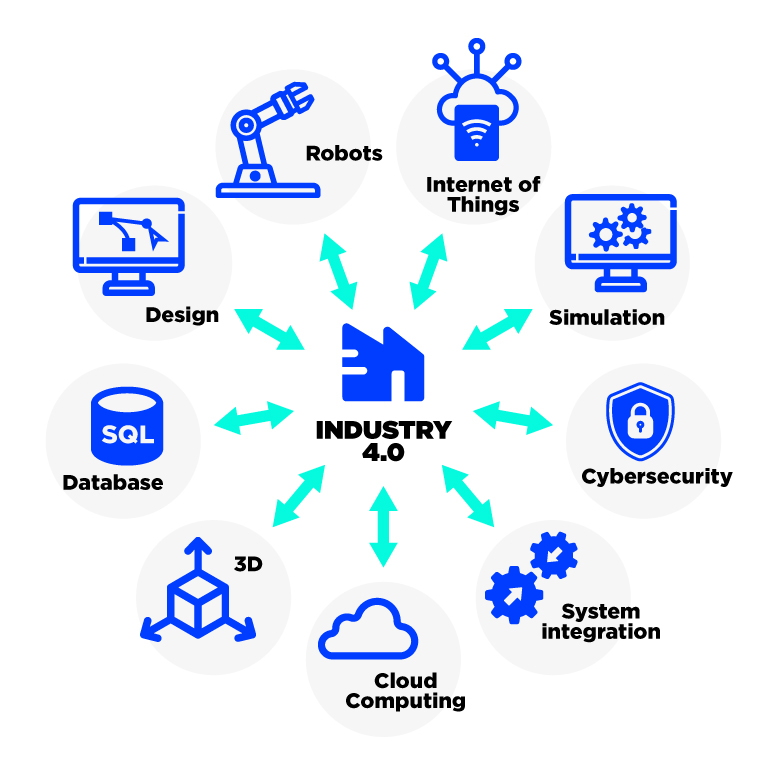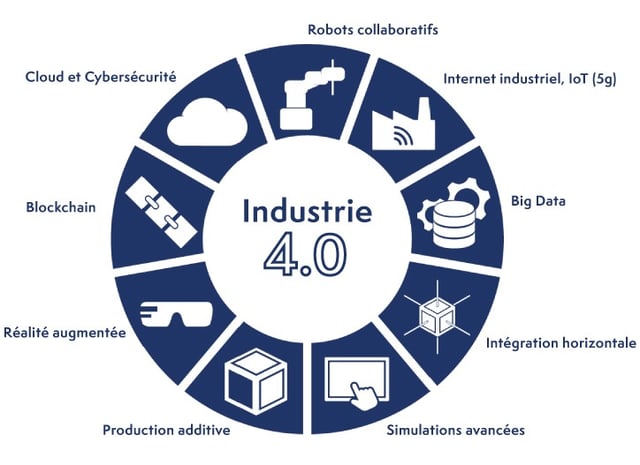In a context where Industry 4.0 is revolutionizing our production methods, it is essential to understand how this transformation already exceeds traditional measurement tools. Explore this captivating phenomenon in the following lines.
Table des matières
ToggleThe Challenges of Adopting Industry 4.0

We are currently in the midst of the Fourth Industrial Revolution, also known as Industry 4.0. This historical period is marked by a transition to advanced digital technologies that promise to transform business models and manufacturing methods. However, this transformation is not without its challenges. Notably, there is a significant lag between the introduction of new technologies and their widespread adoption by the workforce. Indeed, training workers in the skills required for the new digital environment is a complex and often lengthy process.
Resources and Capital Reorientation
Another major obstacle to the effective integration of Industry 4.0 is the reorientation of resources and economic capital. Implementing new technologies in a sector often requires heavy investments and a complete readjustment of available resources, which can be painful in the short term. This transition does not instantly reduce job losses or immediately generate significant profits.
The Productivity Paradox
This phenomenon is sometimes referred to as the productivity paradox. Despite technological advancements, the expected economic gains do not always manifest clearly in traditional statistics. For example, information technologies, while revolutionary, took time to demonstrate their measurable impact on overall productivity.
Limitations of Traditional GDP
Gross Domestic Product (GDP), an economic measure dating back to the 1930s, struggles to capture the contributions of modern intangible services that represent a large part of today’s economy. This lack of precision overlooks crucial aspects such as income inequality, sustainability, and other factors of well-being.
Insufficient Measurement Technologies
Traditional measurement tools like GDP are also inadequate for evaluating innovative technologies and improved processes. The contributions of artificial intelligence, machine learning, automation, and integration of information systems are not fully accounted for, thus distorting the view of the real economic gains of Industry 4.0.
Historical Examples of Technological Adoption
It should be noted that this slow adoption is not new. Crucial technologies such as steam, mechanization, and electricity also took decades to be fully integrated and demonstrate their benefits on productivity. Similarly, today, the digital industry and its laggards struggle to catch up, but once this challenge is met, productivity should increase significantly.
Toward More Accurate Economic Indicators
It is crucial to develop statistics and algorithms that are more accurate to better understand the performance of the New Economy. Refined indicators will enable decision-makers, both in the private and public sectors, to better direct future investments towards the most impactful sectors in terms of efficiency, productivity, and national wealth.
List of Challenges of Industry 4.0
| Challenges | Explanations |
| Adoption Lag | Slow training of workers in new technologies |
| Capital Reorientation | Heavy investments needed for the transition |
| Productivity Paradox | Economic gains not immediately reflected in statistics |
| GDP Limits | Inability to capture the value of intangible services |
| Traditional Measurement Methods | Insufficient to evaluate the contributions of modern technologies |

[#VendrediLecture]
— Saint-Gobain (@saintgobain) May 17, 2024
🤖Découvrez comment l'industrie 4.0 redessine les manières de travailler.
👉Rejoignez-nous dans un voyage au cœur de la transformation numérique.
🔗https://t.co/v7TaTurbz9 pic.twitter.com/yPCfjx0sWG




